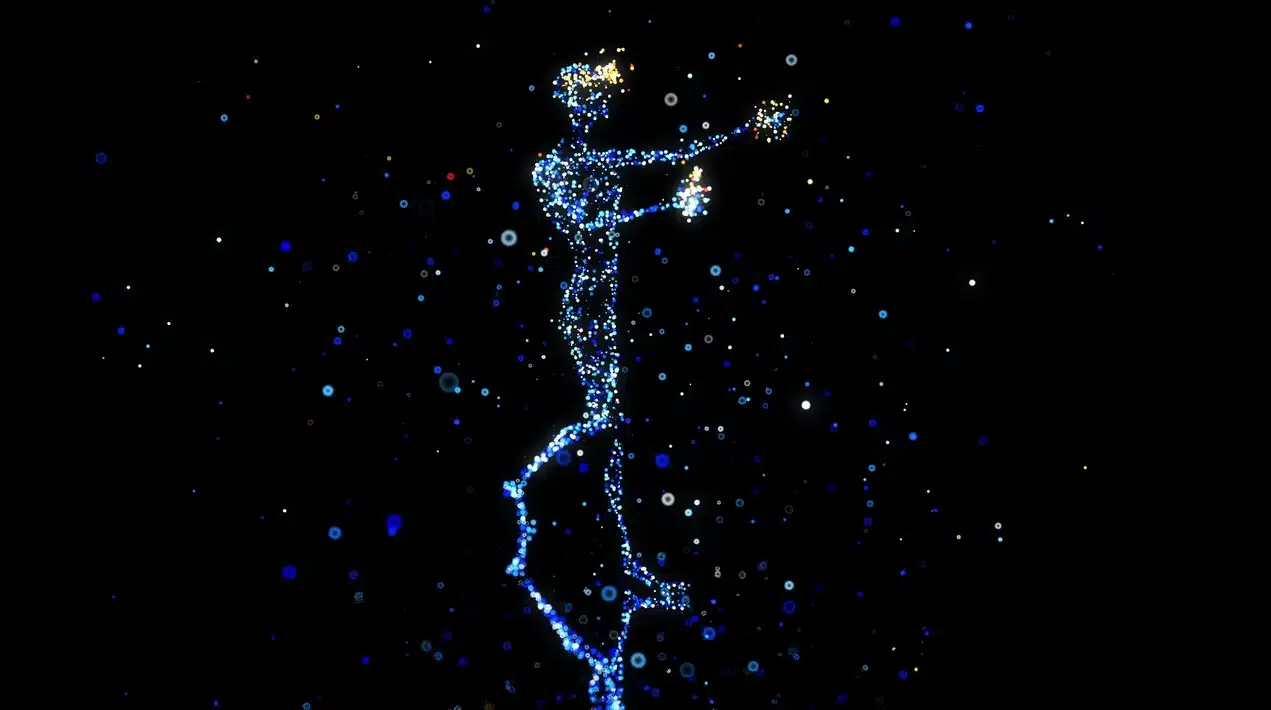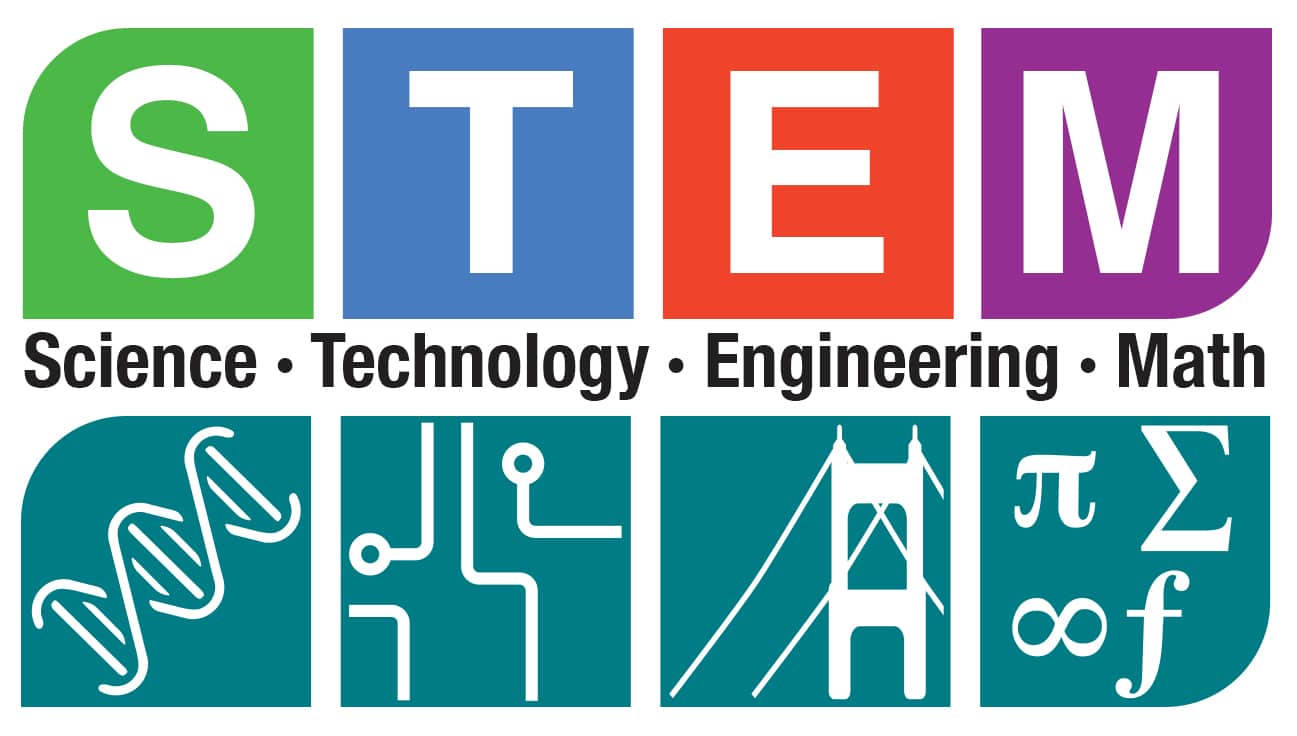To improve its theme park with a metaverse experience, i-City unveiled an RM10 million digital transformation strategy. The renovation, which will be carried out in partnership with a global cloud computing and telecommunications services provider, will combine i-City City’s of Digital Lights with a fully immersive 3D metaverse experience. The industry partner on this project is now developing the technical framework for the infusion of a metaverse in the i-City theme park, and the new experience will be launched in 2023, according to i-Head City of Leisure.
Adopting cutting-edge technology, including Metaverse technology, has always been ingrained in i-DNA. City’s i-City introduced LED technology into the theme park’s digital environment in 2009, while it was still in its infancy. We would aim to be the first company in Malaysia to implement such cutting-edge technology, with the metaverse being the most recent buzzword in the entertainment and gaming industries.
In order to spark interest in space science and give Malaysians the chance to learn about and experience aerospace adventure and technology, the developer of i-City spent RM10 million to create an aerospace adventure when it first opened in 1995, when space exploration had yet to catch on among Malaysians. With the help of real, life-size space exhibits that were launched to the moon, i-City was able to draw 10 million people to the exhibition. The adoption of digital lightscapes came next. They will be extending the metaverse experience to SnoWalk, which is now a snowfall and snow play attraction in Malaysia, in order to uphold its image as Malaysia’s Top Technology City.
Additionally, i-City is considering expanding SnoWalk’s new interactive digital attraction featuring the Aurora. Additionally, i-City expects to spend RM 10 million on this development and hopes to bring in 10 million tourists as a result of the metaverse.
The deployment of 5G this year is timely for the initiative, according to the telecom’s director of enterprise, who spoke about making metaverse a reality at the i-City theme park. Digital transmission of 3D modalities is necessary for Metaverse. This can take the form of, among other things, architecture and avatars. The 3D model will need more information and use more data the more realistic it is. As a result, the success of this initiative will depend on the adoption of 5G and the hyper-scale cloud computing infrastructure that i-City is now creating.
Visitors to the park will be guaranteed an immersive metaverse experience unlike any other thanks to the telecom’s concentration on cloud-to-digital conversion in producing high-quality cloud virtual reality and augmented reality content. According to a recent analysis, the size of the worldwide metaverse market was US47.69 billion in 2020 and is projected to grow at a rate of 43.3 percent during the forecast period. Between 2021 and 2028, rising attention to the internet’s role in bringing the physical and digital worlds closer together and the recent COVID-19 epidemic are anticipated to drive market revenue growth. The emphasis on creating metaverse platforms for the education sector will also continue to drive the market’s revenue expansion.
However, during the anticipated period, market revenue growth is anticipated to be constrained by problems with identity and reputation in the metaverse. The problem of personal identity and representation is very simple in the real world. However, in virtual worlds, it might be challenging to confirm a user’s identity because another person or even a bot might try to pass as them.








